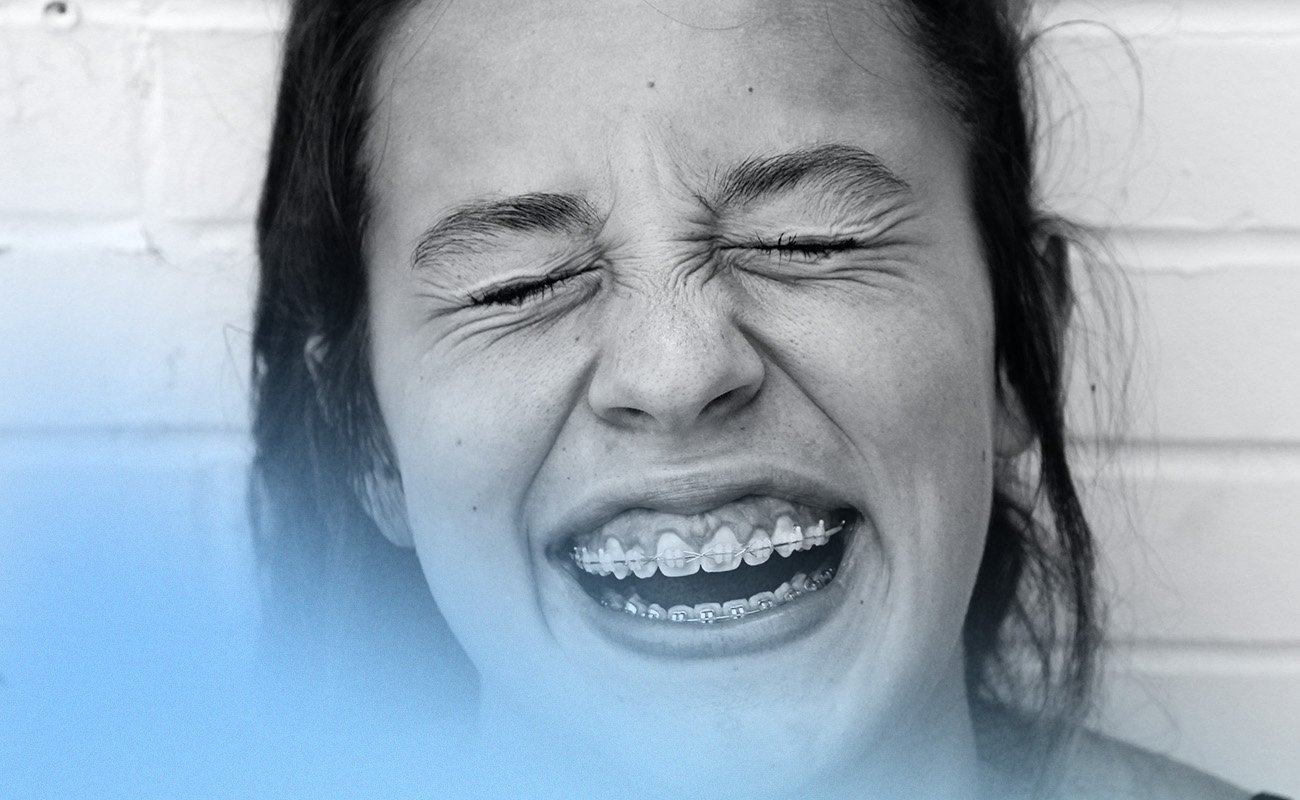If you or someone you know is in need of orthodontic treatment, you may have heard the terms braces and retainers. While both of these devices are used to straighten teeth and correct bites, they serve different purposes and are typically used at different stages of treatment. Understanding the difference between braces and retainers is important in deciding which treatment option is right for you.
In this article, we will discover, what is the difference between braces and retainers and explore the different types available, the pros and cons of both treatments, as well as common issues they address such as overcrowding or misalignment.
What is the Difference Between Braces and Retainers?
When exploring orthodontic treatments, it’s common to come across two terms: braces and retainers. While both play important roles in achieving a healthier smile, they serve different purposes and are used at various stages of dental care.
See our article: Options to Straighten Teeth.
Braces
Braces are a common orthodontic treatment used to correct various dental issues, including misaligned teeth, overcrowding, and bite problems. They consist of brackets attached to each tooth, connected by wires that gently apply pressure to the teeth, guiding them into the correct position over time. The brackets can be made from different materials, including metal, ceramic, or plastic, and the wires are typically made of metal. There are several types of braces to choose from, depending on the patient’s needs and preferences.
Traditional metal braces are the most common and are known for their durability and effectiveness. Ceramic braces blend in more with the natural color of the teeth, making them less noticeable, while lingual braces are placed on the backside of the teeth, hidden from view.
The duration of treatment with braces varies depending on the individual’s case, ranging from a few months to several years, with the average being around two years. Regular adjustments are needed to ensure the braces continue to apply the right amount of pressure to the teeth.
Braces offer numerous benefits, including improved oral health, a more aesthetically pleasing smile, and better function of the teeth and jaw. However, there are also downsides to consider, such as discomfort, difficulty in cleaning the teeth around the brackets and wires, and, in the case of traditional braces, the visibility of the treatment.
Retainers
Retainers are an essential orthodontic device used after the removal of braces to maintain the position of teeth and prevent them from shifting back to their original misalignment. Unlike braces that are fixed and designed to move teeth, retainers are custom-made appliances that can be either fixed or removable, crafted from a combination of plastic and metal wires to snugly fit the new alignment of your teeth. There are primarily three types of retainers: Hawley retainers, which are made of a metal wire that surrounds the teeth and is anchored in an acrylic base; clear plastic retainers, resembling clear aligners and fitting over the entire arch of teeth; and fixed retainers, consisting of a thin wire bonded behind the bottom or top teeth, often used when there’s a high risk of reverting to the original position.
The duration for which a retainer must be worn varies significantly from person to person, with some needing to wear them full-time immediately after braces are removed, transitioning to only nighttime wear after a certain period. In some cases, especially with fixed retainers, they might be worn indefinitely to ensure teeth remain in their new position.

Retainers offer numerous advantages, primarily the stabilization of dental corrections achieved through braces. They are crucial in ensuring the long-term success of orthodontic treatment and can also be used to correct minor misalignments without braces. However, there are downsides, including the need for meticulous cleaning, especially for removable types, to prevent plaque buildup and potential damage if not handled carefully.
Depending on your individual treatment plan, your orthodontist may suggest wearing the retainer during the day or solely at night. Patients need to be aware that wearing a retainer is only beneficial if it is worn as often as prescribed by their orthodontist; without proper diligence, it can become ineffective.
See our article: Do Retainers Melt?
Worth Knowing
A study featured in the American Journal of Orthodontics and Dentofacial Orthopedics reveals that two years after receiving their retainers, 19% of patients had stopped wearing them altogether, while 81% continued to wear their retainers at least once a week.
Aligners as an Alternative to Braces
If you’re considering orthodontic treatment with braces, it’s worth exploring the option of clear aligners. Aligners have become a popular alternative to traditional braces as the technology holds many benefits and conveniences that are not seen in other treatment options. They are best for mild to mid issues.
Aligners are custom-built to fit each patient’s mouth, making them more comfortable than braces. Additionally, their discrete nature allows patients to go about their lives without feeling embarrassed or self-conscious that they are wearing braces. Furthermore, aligners can easily be removed when eating or brushing teeth and are simple and quick to put back in place compared to using dental floss between brackets of regular braces. Aligners are also very affordable when compared to all kinds of braces.
Despite these advantages, aligners should not be used for more serious orthodontic issues and complex bite problems due to their inflexibility in providing sufficient tension needed for severe movements of teeth. For these types of cases, other methods such as traditional metal braces should be considered instead.
Here are some of the best at-home aligners available:
Byte – This brand offers aligners that are the most affordable with a lifetime guarantee and a free HyperBite and teeth whitening kit with each purchase.

Byte
An affordable option with refundable impression kits, free HyperByte, and a Byte for Life guarantee.
Check out Byte AlignersNewSmile – A budget option that still offers superior aesthetics and includes a free teeth whitening kit and retainer.

NewSmile
Affordable at-home treatment with positive reviews offering superior look and comfort.
Check out NewSmile AlignersFrequently Asked Questions
Can I Use Retainers Instead of Braces?
It is possible to use retainers as an alternative to braces but only if there is a very minor issue, such as only one or two teeth being misaligned.
Retainers should generally be used as a post-orthodontic tool for keeping straightened teeth in position.
Braces treatment normally costs around $2,500 – $7,000 depending on the severity of the issue that needs to be treated. On the other hand, a retainer can cost as low as $99 with brands such as Byte and there are often special price promotions with other retainer brands that can make them even cheaper.
What Are the Differences Between Aligners and Retainers?
While both braces and aligners are commonly used for teeth straightening purposes, the two options vary in how they work and what they offer in terms of treatment.
The most notable difference between the two is the fact that retainers are used primarily to maintain final orthodontic results while aligners are used to adjust malocclusion.
Retainers come into play after brace treatment or other corrective orthodontic measures have been completed, as they help ensure patients don’t revert to their previous malocclusions. Generally worn at night or for a set period each day, retainers make sure teeth remain steady in their proper positions after the initial treatment has been finished.
On the other hand, aligners provide adjustments to bite patterns using a series of removable trays created from 3D-printed impressions of the patient’s teeth. Unlike retainers, aligners must be changed regularly to adjust the misalignment of teeth, usually every couple of weeks depending on the severity of malocclusion and individual progress, until desired results are achieved.
With aligner treatment, which normally lasts 6-18 months, an orthodontist will likely recommend at the end of the treatment that you switch to wearing a retainer to ensure that the hard work completed by your aligner is kept in place.
Sources
Kacer, K. A., Valiathan, M., Narendran, S., Hans, M. G., Retainer wear and compliance in the first 2 years after active orthodontic treatment. Am J Orthod Dentofacial Orthop, 2010. DOI: 10.1016/j.ajodo.2008.12.027. Available online at: https://pubmed.ncbi.nlm.nih.gov/21055599/
Al-Moghrabi, D., Johal, A., O’Rourke, N., Donos, N., Pandis, N., Gonzales-Marin, C., Fleming, P. S., Effects of fixed vs removable orthodontic retainers on stability and periodontal health: 4-year follow-up of a randomized controlled trial; Am J Orthod Dentofacial Orthop., 2018; DOI: 10.1016/j.ajodo.2018.01.007. Available online at: https://pubmed.ncbi.nlm.nih.gov/30075919/
Alajmi S., Shaban A, Al-Azemi R. Comparison of short-term oral impacts experienced by patients treated with Invisalign or conventional fixed orthodontic appliances. Medical Principles and Practice. 2019. Available online at: https://pubmed.ncbi.nlm.nih.gov/31842018/

